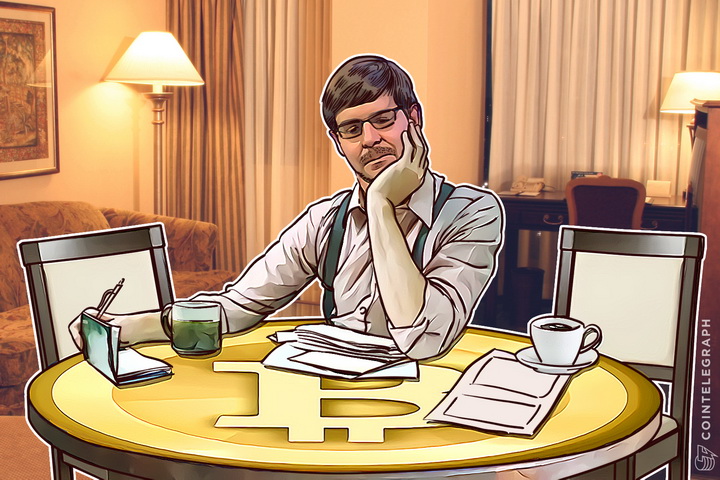The “Satoshi Roundtable”, a significant event in the field of Bitcoin recently ended in Florida. The main theme of the discussion were the large disagreements about how Bitcoin should scale. Many people had an expectation for concise and clarified intentions but left unfulfilled.
Problems and Solutions
The roundtable participants attempted to tackle such problems as a lack of scientific engagement in problem-solving, a lack of engagement towards the community, and no recognition of what has been accomplished until now by the community. Experts called for optimization and better interaction but there is little place for compromise.
Gavin Andresen indicates the problem in his blog. He emphasize on the scaling matter and developer disagreements. He said:
“Over the last year of trying, and failing, to reach a reasonable compromise, it has become clear to me that some developers don’t want any on-chain scaling solution any time soon. They believe more theoretically elegant (but technically complicated) off-chain solutions like the Lightning Network are a better long-term scaling solution, and they believe that by resisting a simple limit increase we will get to that long-term solution faster. They are wrong.”

Bitcoin Will Survive
A few days later Stephen Pair , Co-Founder & CEO of Bitpay added his thoughts on the matter:
“The most important thing I learned at the event was that a lot of people care a lot about Bitcoin and these people are what make Bitcoin work, not lines of code or software. A few years ago I made the observation to someone that just about nothing short of the inability to verify a cryptographic signature could destroy Bitcoin. The major credit card networks used to have massive outages on a rather regular basis, and yet they are still with us. The Bitcoin network could become congested or go down entirely for a period of time, but Bitcoin will survive. No decision, or lack thereof, regarding short term scaling matters is going to destroy Bitcoin. I am certain of that.”
Professor George Papageorgiou from the University of Nicosia added:
“The closer we are to full capacity, the easier it is to attack the network, so we need to always have a buffer that's very expensive to fill up. On the other hand, raising the block size alone is only going to be enough till the eventual next capacity saturation. We need optimizations in several avenues, governance, block size capacity, transaction and block relay optimizations (segwit, thin blocks, etc.) as well as off chain solutions, so users have cost/benefit options that are integral to the system. We can't let perfect be the enemy of good, we wouldn't have Bitcoin otherwise. All solutions to the BGP before Bitcoin, where attempts to reach a deterministic solution, and Satoshi made a probabilistic suggestion. If he was searching for a mathematically perfect solution we'd still be searching.”
Nicolas Dorier, NBitcoin developer commented:
“The classic camp lost already since they can't even get 75% of the miners (even less the community) to follow them. There is no economical urgency to the problem. During the spam attack there was no trouble of payment, only FUD from sock puppet and the media. Anybody who did a transaction with popular wallet did not notice anything, which reinforce that there is no urgency. The doom day that Gavin predicted since May 2015 just will not happen.”


